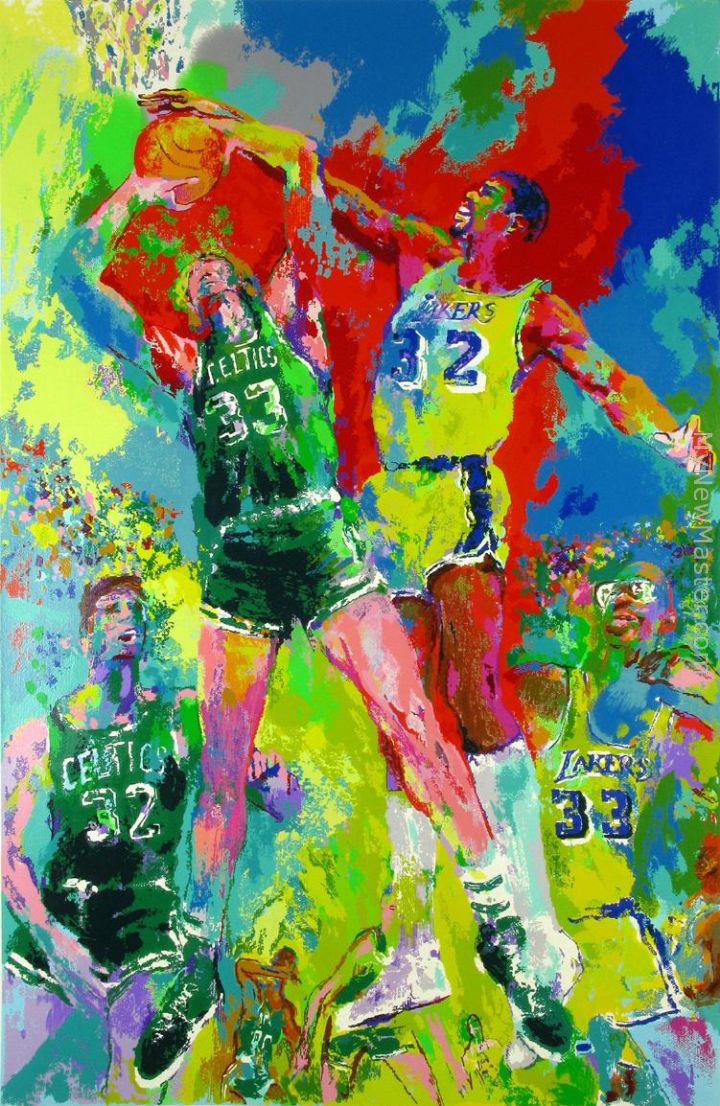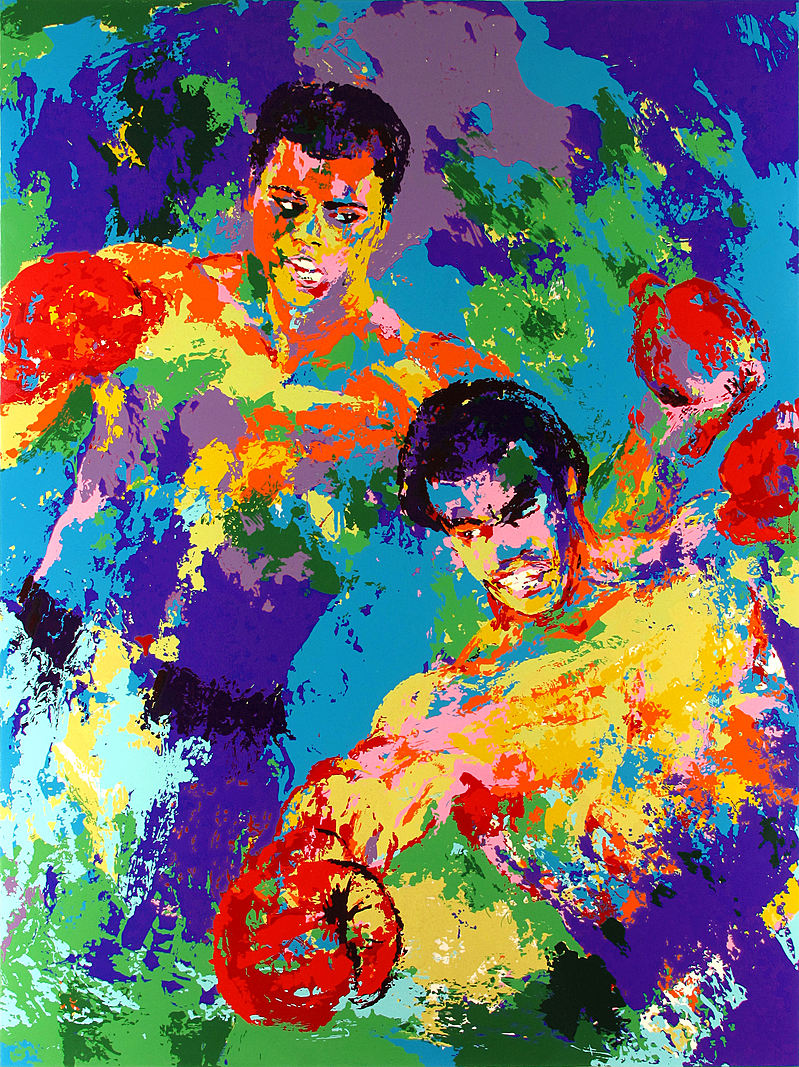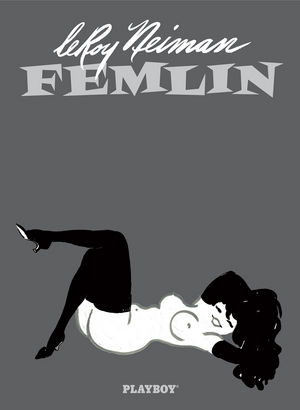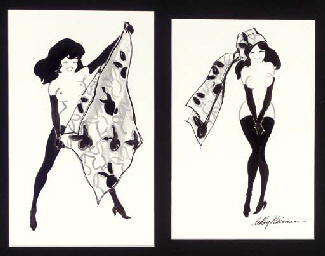Jun 21 2012 06:37 AM









Master Index of Archived Threads
Leroy Neiman
| ... the most distinctive sports artist of his time. | 3 votes |
| ... a notable sports artist. | 9 votes |
| ... an artist. | 7 votes |
| ... a hack. | 1 votes |
| ... the biggest of frauds. | 0 votes |
| Edgy MD Jun 21 2012 06:37 AM |
|
|
| Benjamin Grimm Jun 21 2012 06:47 AM Re: Leroy Nieman |
|
I voted "an artist". He was talented, but his stuff never really did it for me.
|
| metirish Jun 21 2012 06:48 AM Re: Leroy Nieman |
|
I voted "an artist"
|
| metirish Jun 21 2012 06:49 AM Re: Leroy Nieman |
|
WOW, look at the crease on Ralph's pants.......
|
| Edgy MD Jun 21 2012 06:52 AM Re: Leroy Nieman |
|
|
We've GOT to get that guy to present this year's award to R.A. Dickey. I will be horribly disappointed if we don't get that guy.
|
| Edgy MD Jun 21 2012 06:55 AM Re: Leroy Neiman |
|
He did a painting of Jesse Orosco after Jesse's great 1983 season, but I can't find it. I may be conflating it with another incident, but I think he did it from a backwards print, and poor JO got presented with a painting of himself as a righthander.
|
| Edgy MD Jun 21 2012 07:29 AM Re: Leroy Neiman |
|
Neiman's drawing of young Joe Petruccio.
|
| John Cougar Lunchbucket Jun 21 2012 07:43 AM Re: Leroy Neiman |
|
He definitely found a unique way of using color to represent action, or something like that, what am I an art critic? I like it enough.
|
| MFS62 Jun 21 2012 07:45 AM Re: Leroy Neiman |
|
I voted a notable sports artist.
|
| Edgy MD Jun 21 2012 08:00 AM Re: Leroy Neiman |
|
|
Yes, you're an art critic. Guy dies --- for one day, you can be an art critic. I think it's worth noting that he certainly has a meaningful place in the Mets' story. During the cultural nadir of the Torre era, he did a buncha paintings of our Schaefer winners and stuff, appeared at the ballpark, smoked those dumb cigars and sported that dumb mustache --- brought us a sort of crusty class, the only sort of class we could aspire to, maybe. A cross between Salvador Dali and Oscar Madison.
|
| seawolf17 Jun 21 2012 08:17 AM Re: Leroy Neiman |
|
I went with "notable," because yes, he's distinctive.
|
| Edgy MD Jun 21 2012 08:24 AM Re: Leroy Neiman |
|
I like the candy-flavored radio waves transmitting from HoJo's head.
|
| batmagadanleadoff Jun 21 2012 08:59 AM Re: Leroy Neiman |
|
|
| Edgy MD Jun 21 2012 09:15 AM Re: Leroy Neiman |
|
|
| batmagadanleadoff Jun 21 2012 09:19 AM Re: Leroy Neiman |
|
|
| LeiterWagnerFasterStrongr Jun 21 2012 09:22 AM Re: Leroy Neiman Edited 1 time(s), most recently on Jun 21 2012 09:34 AM |
|
And hey-- he was the guy from the Rockys, too.
|
| Edgy MD Jun 21 2012 09:28 AM Re: Leroy Neiman |
|
Rusty seemed out of proportion. I couldn't quite say why, and then I realized he was wearing the 10 from his second met tenure, but he's lean. Leaner perhaps than he was during his first Mets tenure.
|
| Benjamin Grimm Jun 21 2012 09:40 AM Re: Leroy Neiman |
|
He also seems to be wearing a Yankees helmet.
|
| batmagadanleadoff Jun 21 2012 09:43 AM Re: Leroy Neiman |
|
|
I bet you'll hate this one five ways over. 
|
| Edgy MD Jun 21 2012 09:54 AM Re: Leroy Neiman |
|
Why is Matlack on the Reds? And why's he throwing a screwball?
|
| Ashie62 Jun 21 2012 07:55 PM Re: Leroy Neiman |
|
Niemann is fun...so is Andy
|
| Frayed Knot Jun 22 2012 06:16 AM Re: Leroy Neiman |
|
|
Born LeRoy Joseph Runquist in St Paul, Minnesota. Neiman was his step-father's name. Both the birth name and the location imply Scandinavian - of course neither says anything about his mother's side.
|
| metsguyinmichigan Jun 22 2012 03:23 PM Re: Leroy Neiman |
|
I would certainly say he was distinctive. You can tell one of his paintings from a mile away, and any one who did something similar would be accused of copying him.
|
| Edgy MD Jun 22 2012 05:30 PM Re: Leroy Neiman |
|
Well, some were more representational than others, some more abstract. Some of his subjectd could be a raging golemd of concrete standing in defiance in a sea of flame. Others were wisping spirits of the flame itself.
|
| Zvon Jun 22 2012 06:10 PM Re: Leroy Neiman |
|
This ones easy. IMO the most distinctive sports artist of his time. And its all about his use of color.
|
| Mets – Willets Point Jun 22 2012 06:15 PM Re: Leroy Neiman |
|
I always conflate him with Leonard Nemoy.
|
| themetfairy Jun 22 2012 07:18 PM Re: Leroy Neiman |
|
|
Agreed, Whether you like him or not, he was definitely distinctive.
|
| Benjamin Grimm Jun 23 2012 04:51 AM Re: Leroy Neiman |
|
Yeah, sure, distinctive. But that could be good or bad.
|
| themetfairy Jun 23 2012 05:57 AM Re: Leroy Neiman |
|
But that's a separate issue.
|
| Edgy MD Jun 23 2012 12:21 PM Re: Leroy Neiman |
|
Sorry, yeah.
|
| batmagadanleadoff Jun 24 2012 07:49 AM Re: Leroy Neiman |
|
|
http://www.nytimes.com/2012/06/21/arts/ ... at-91.html    Mays the Met  Piazza the Dodger
|